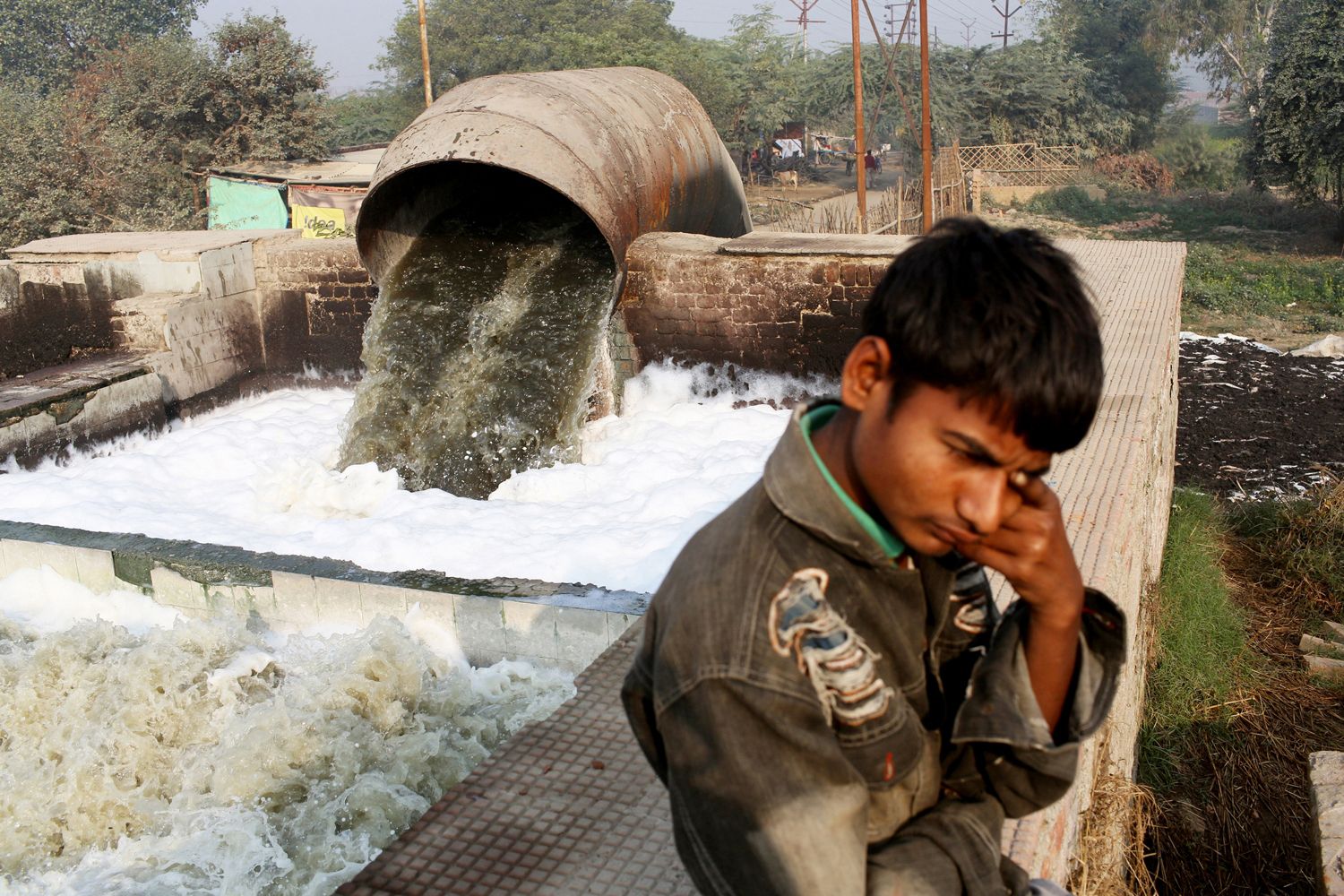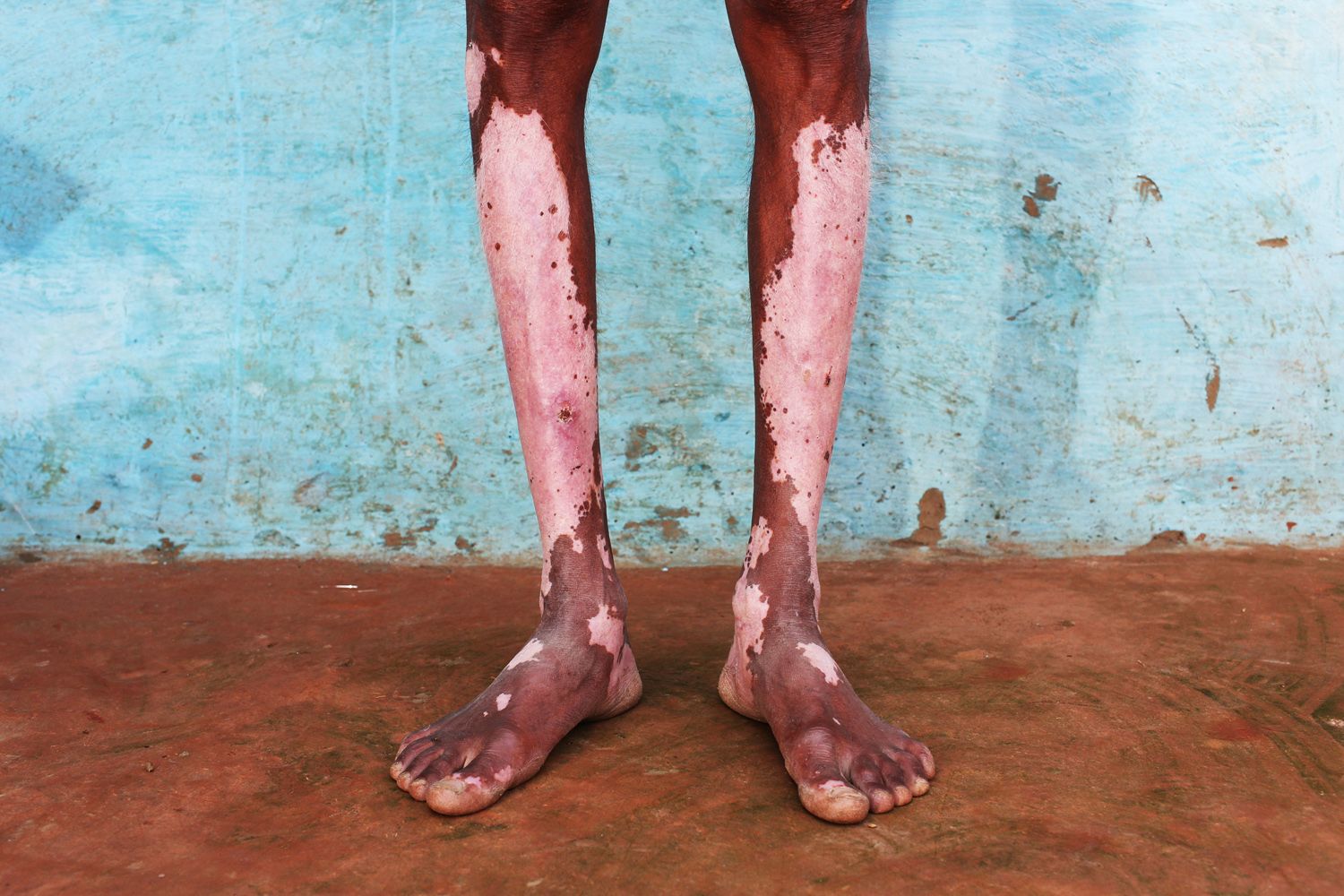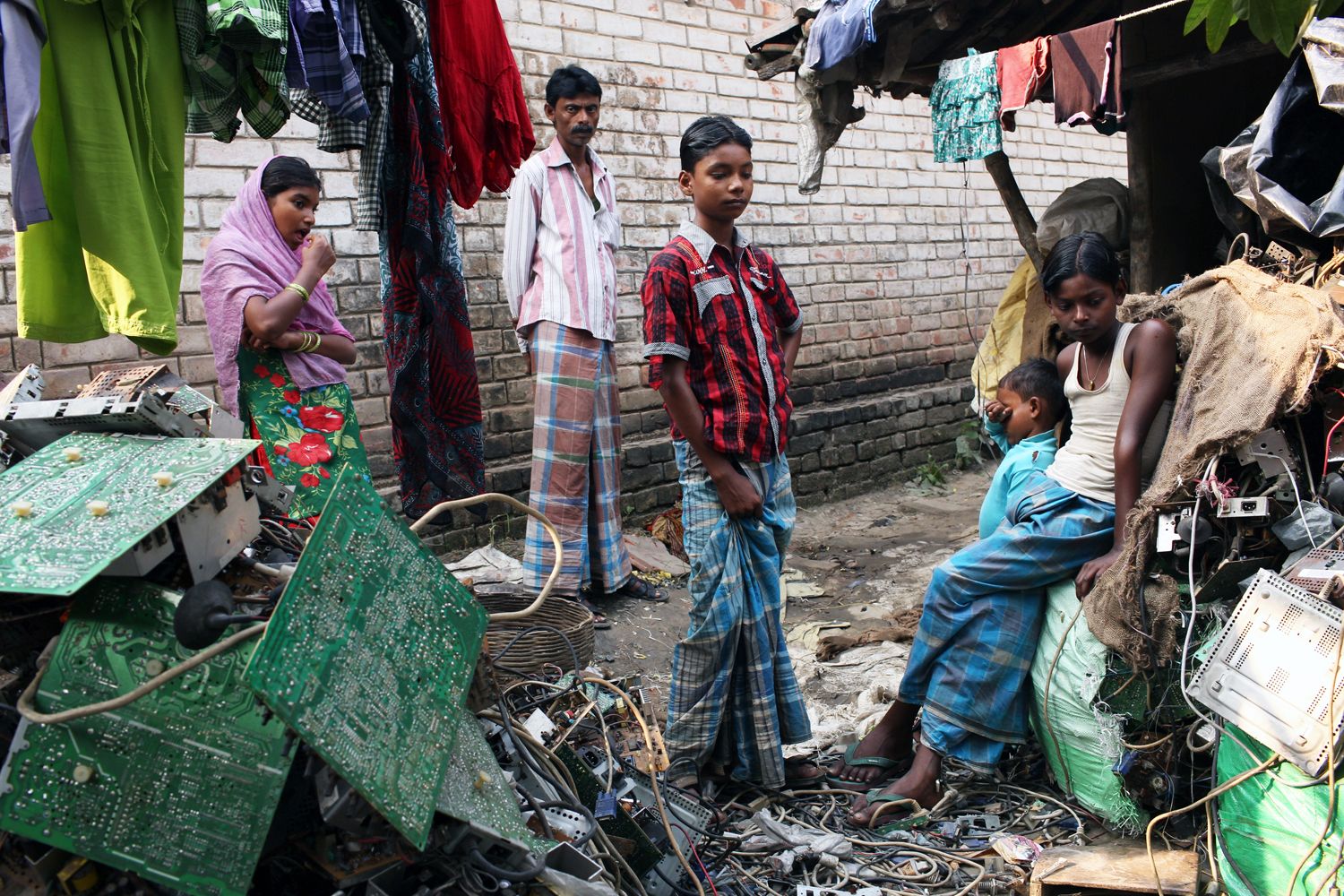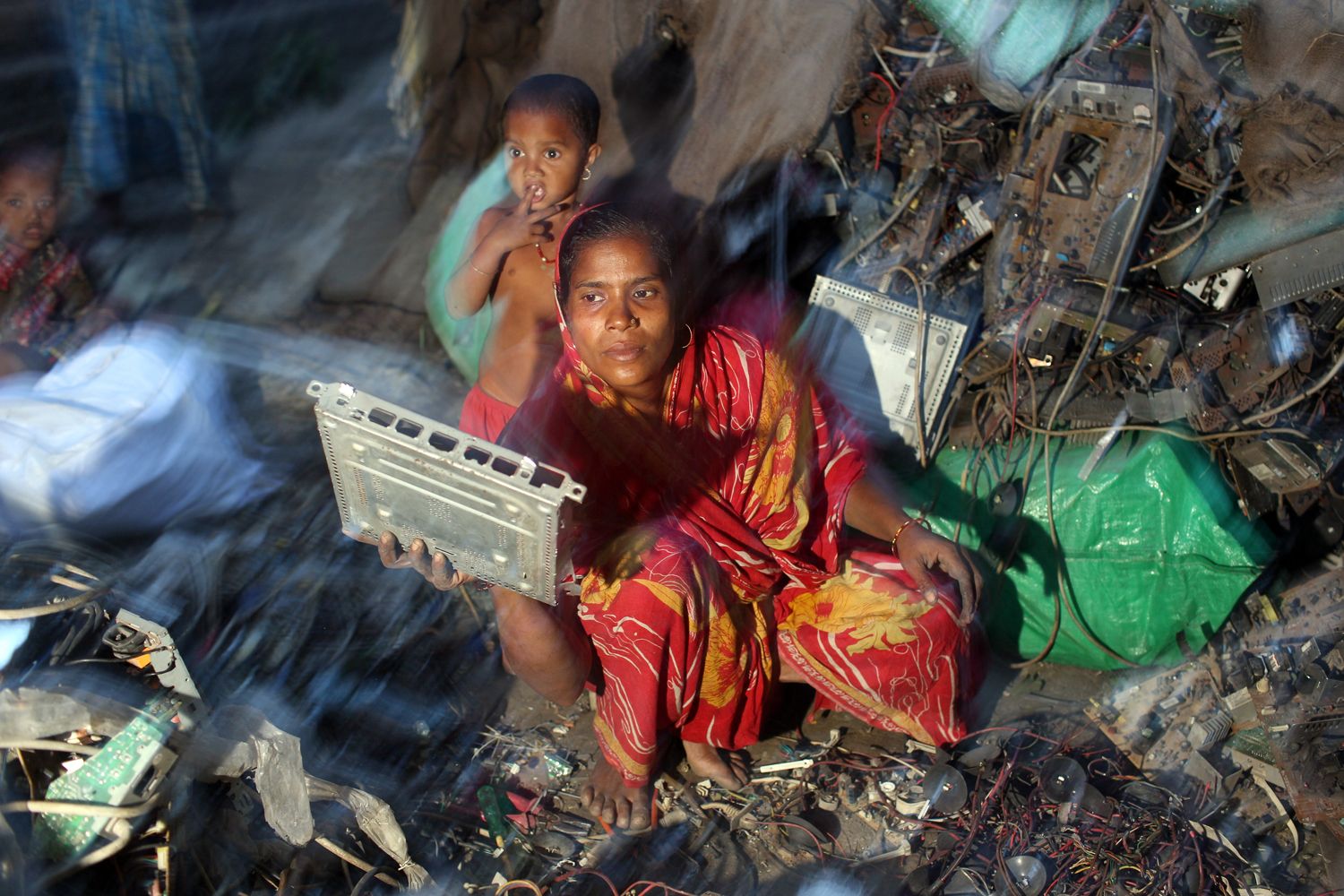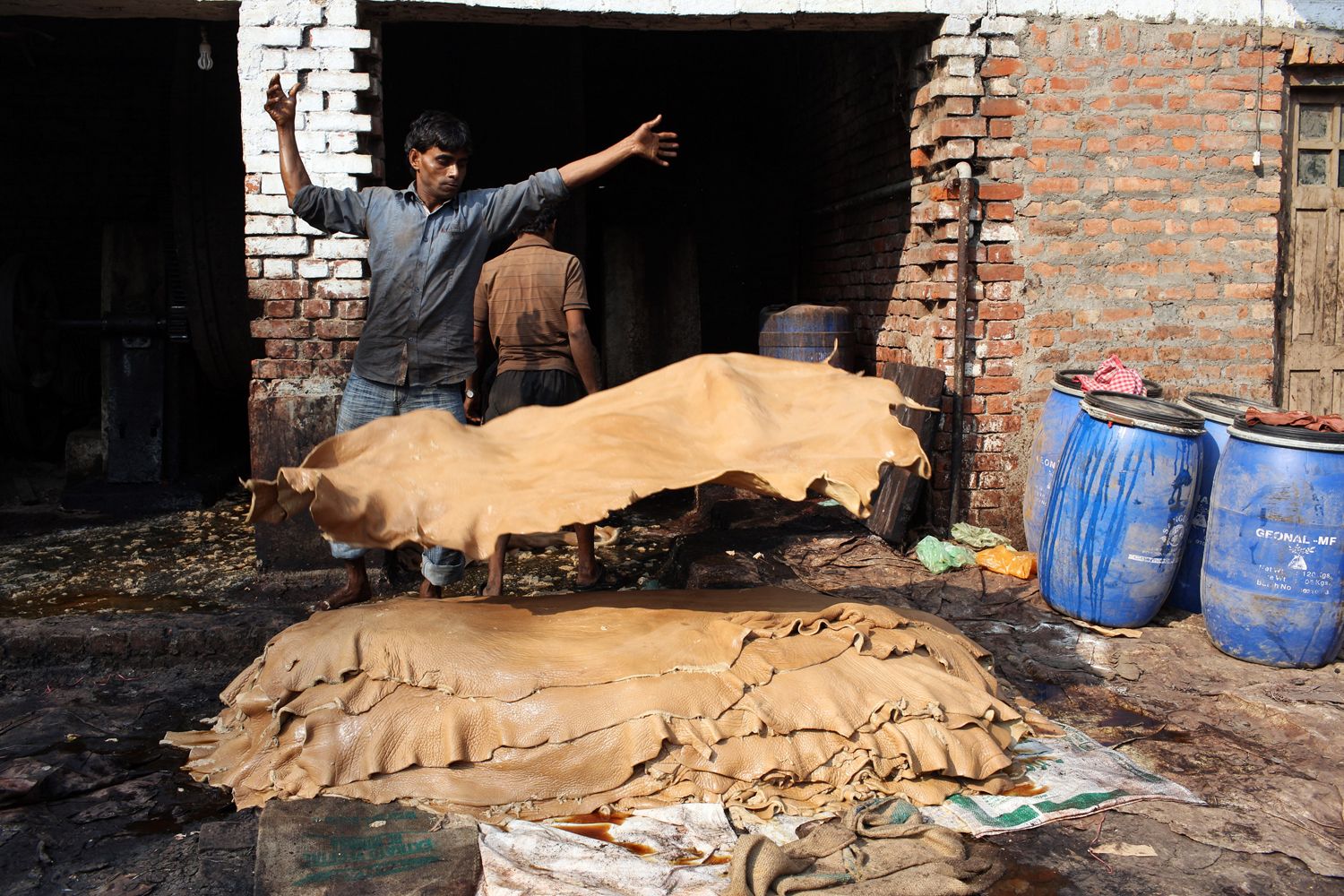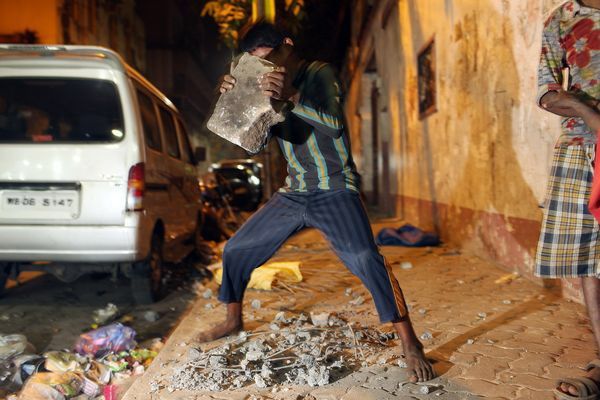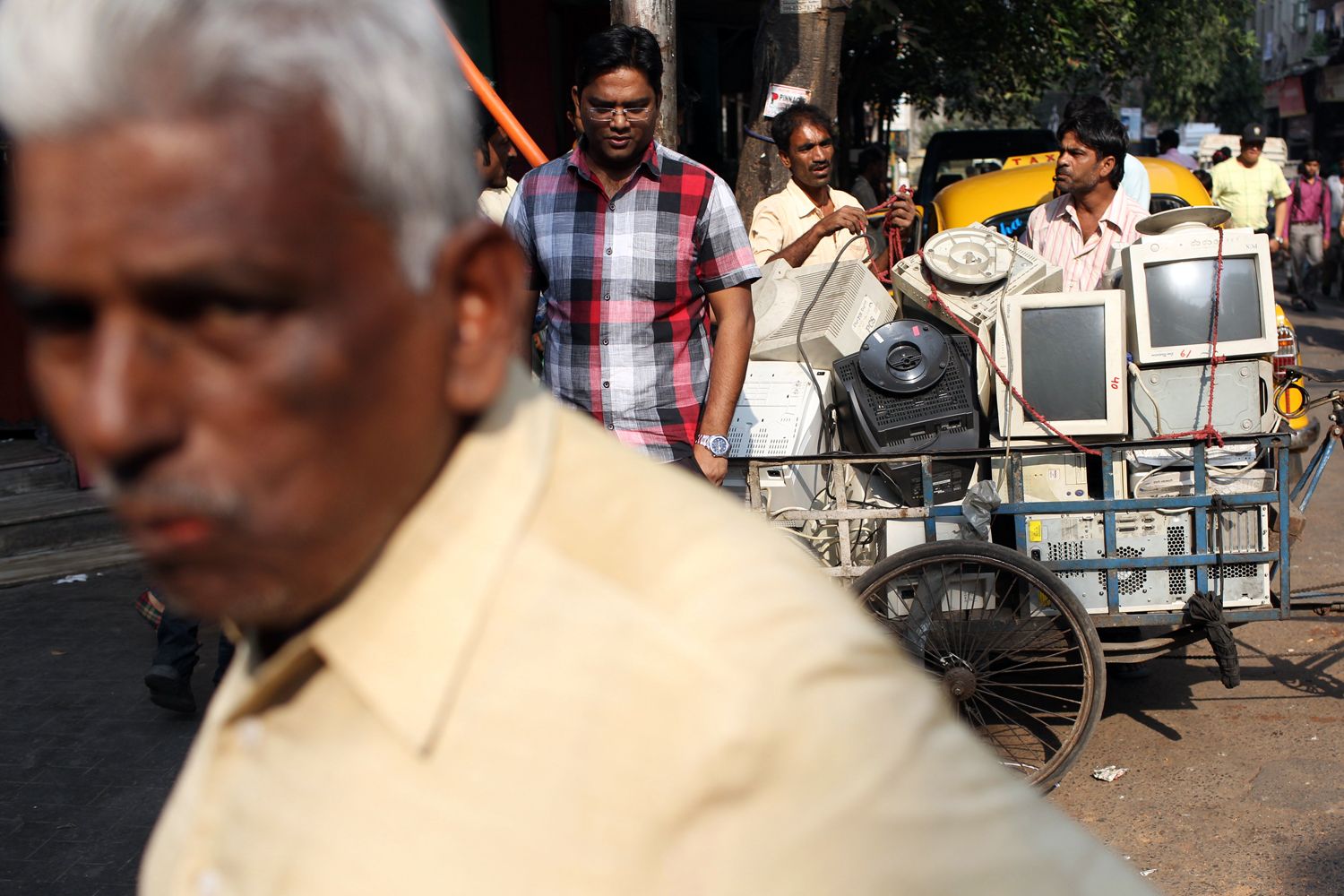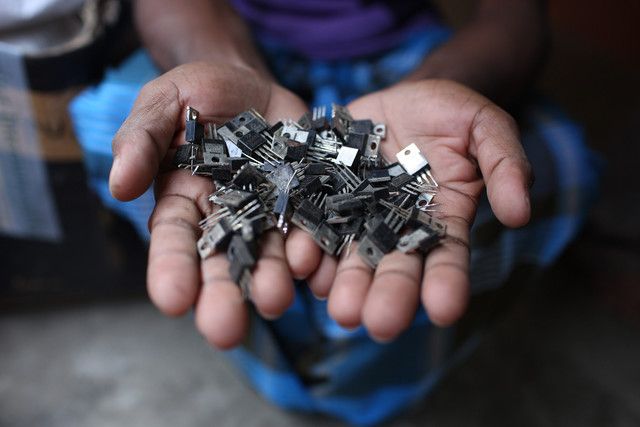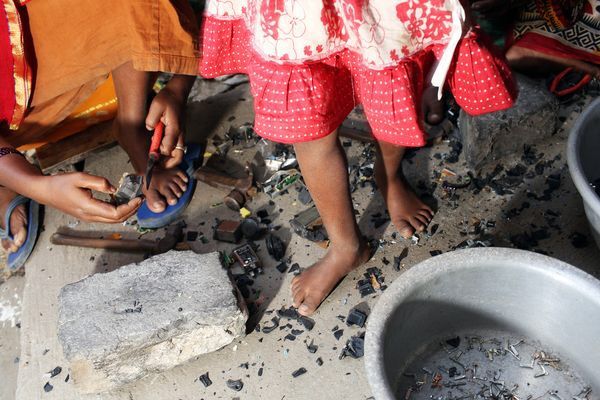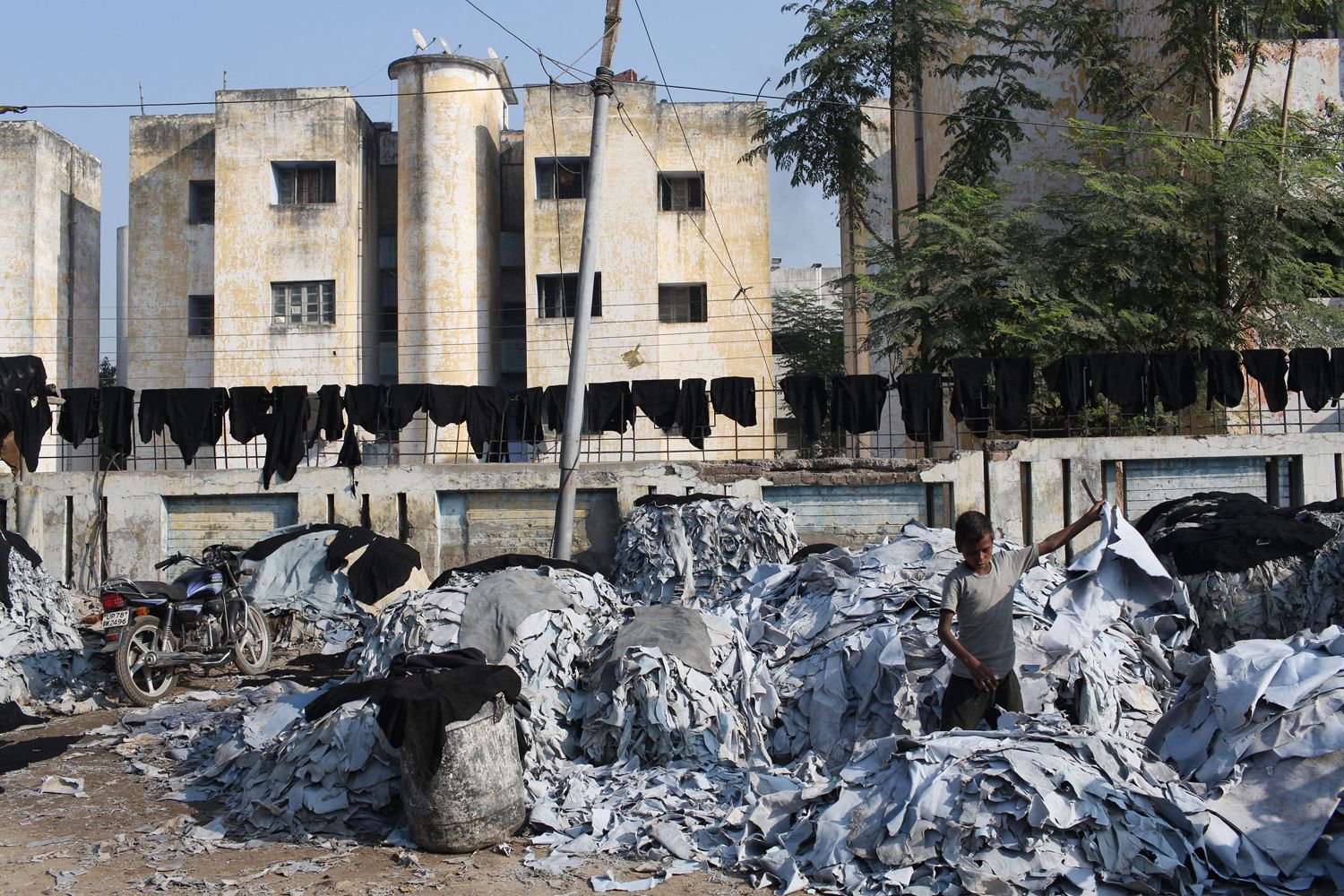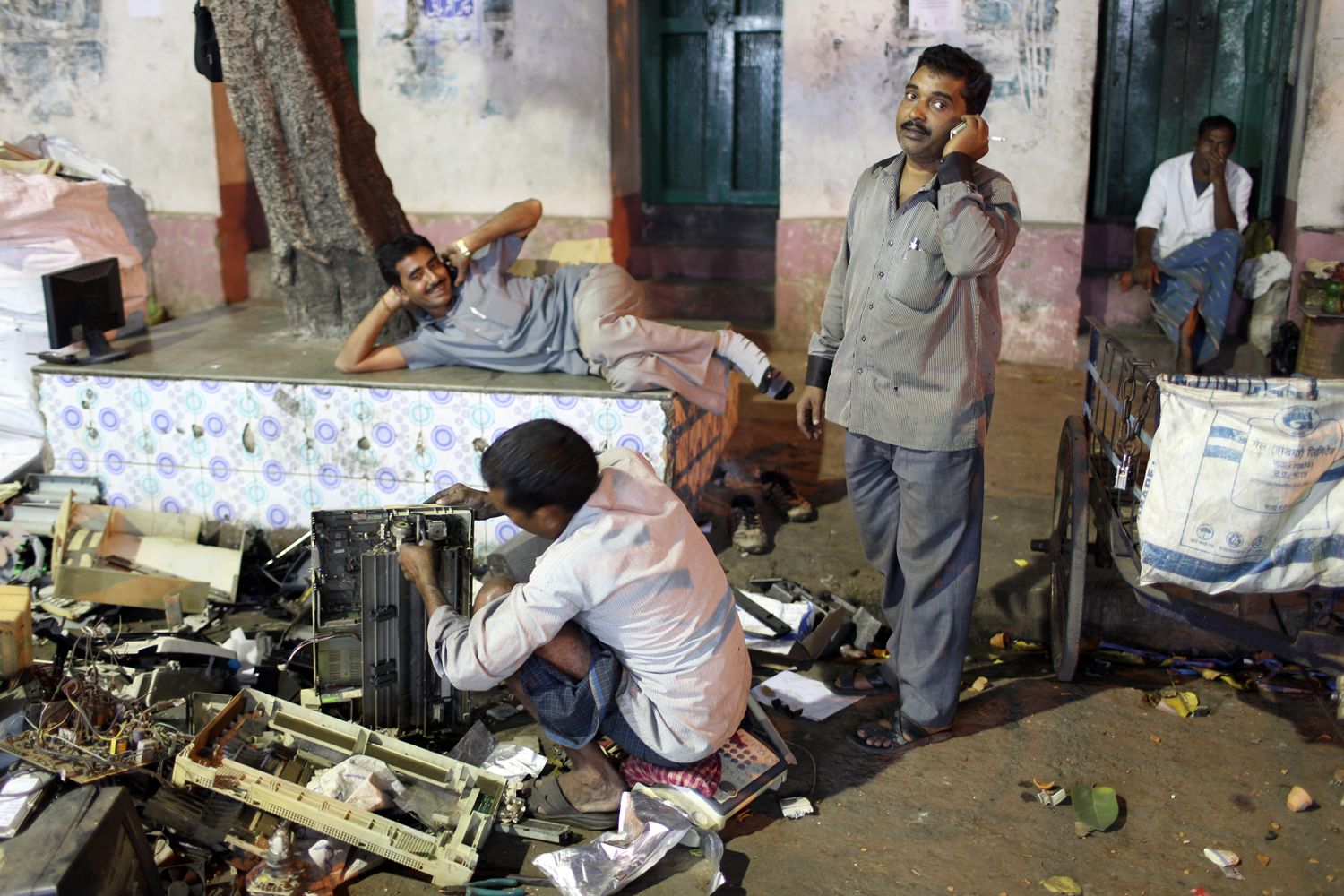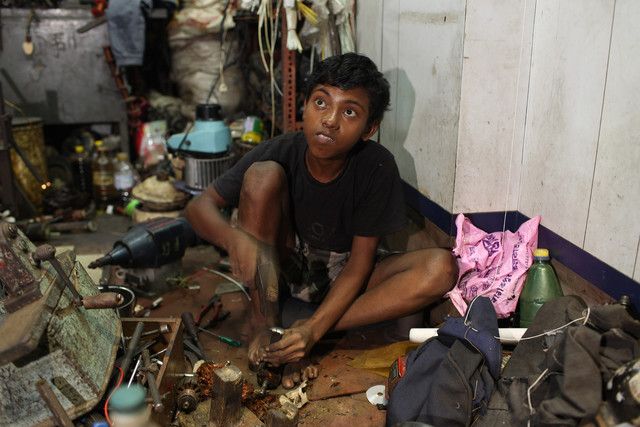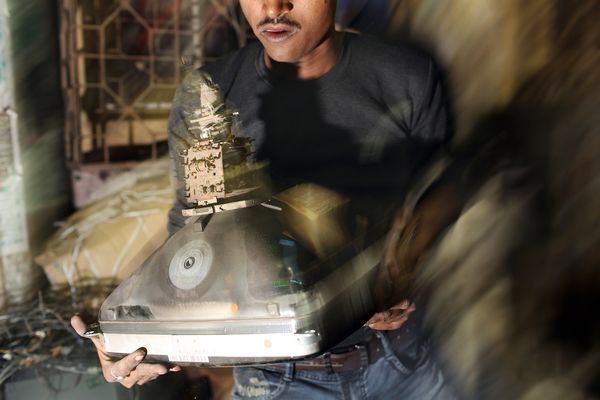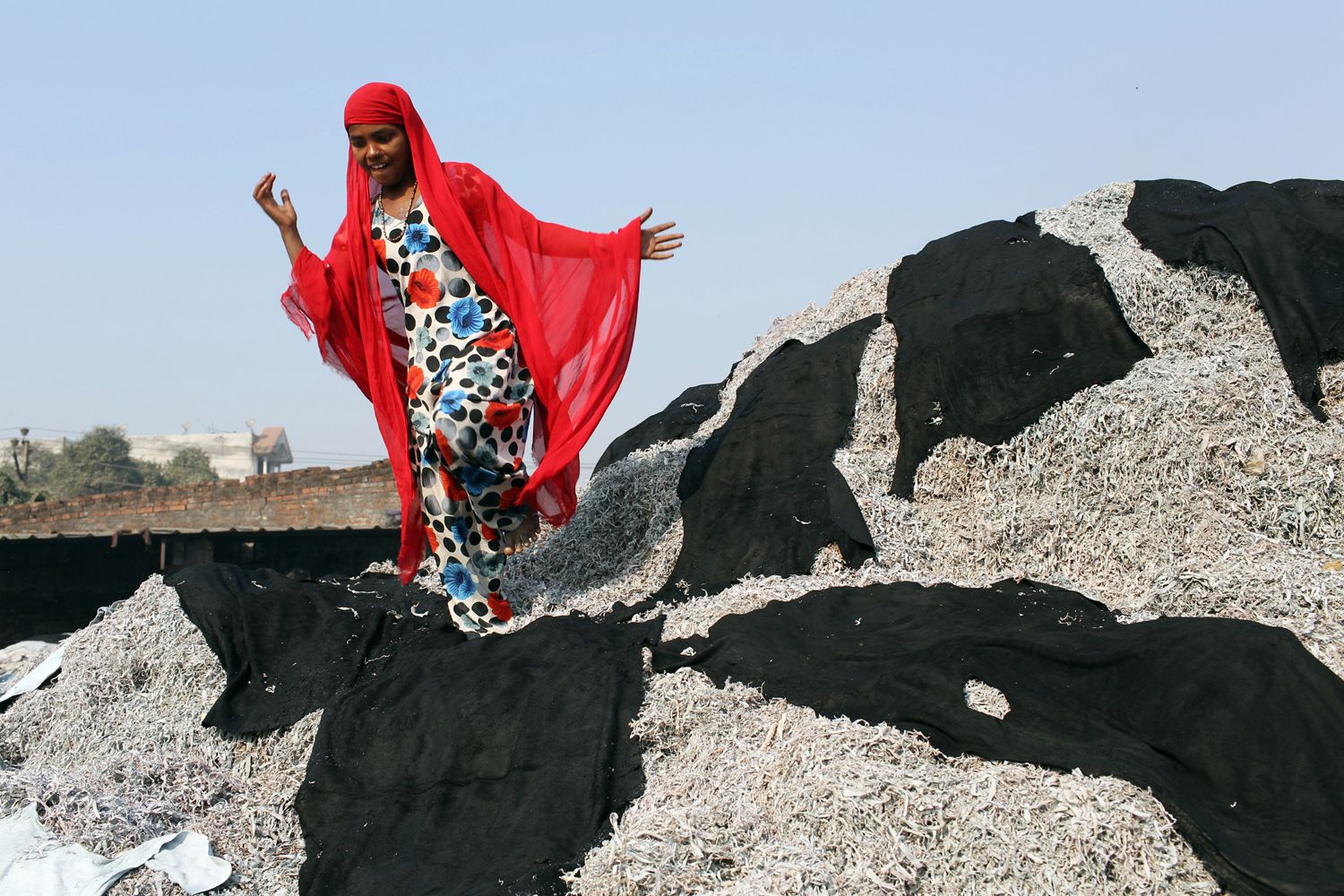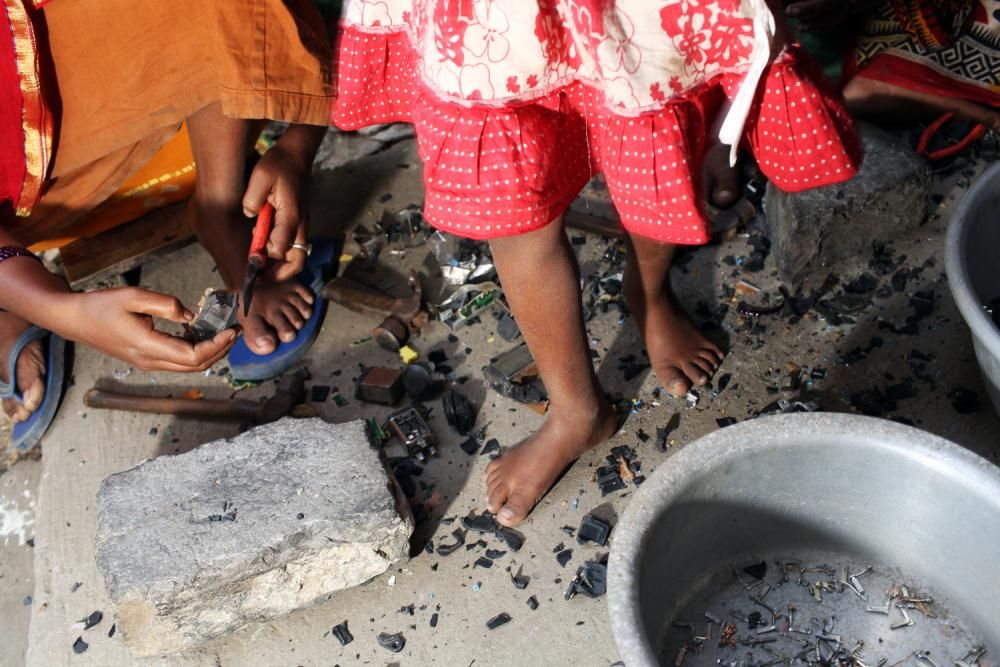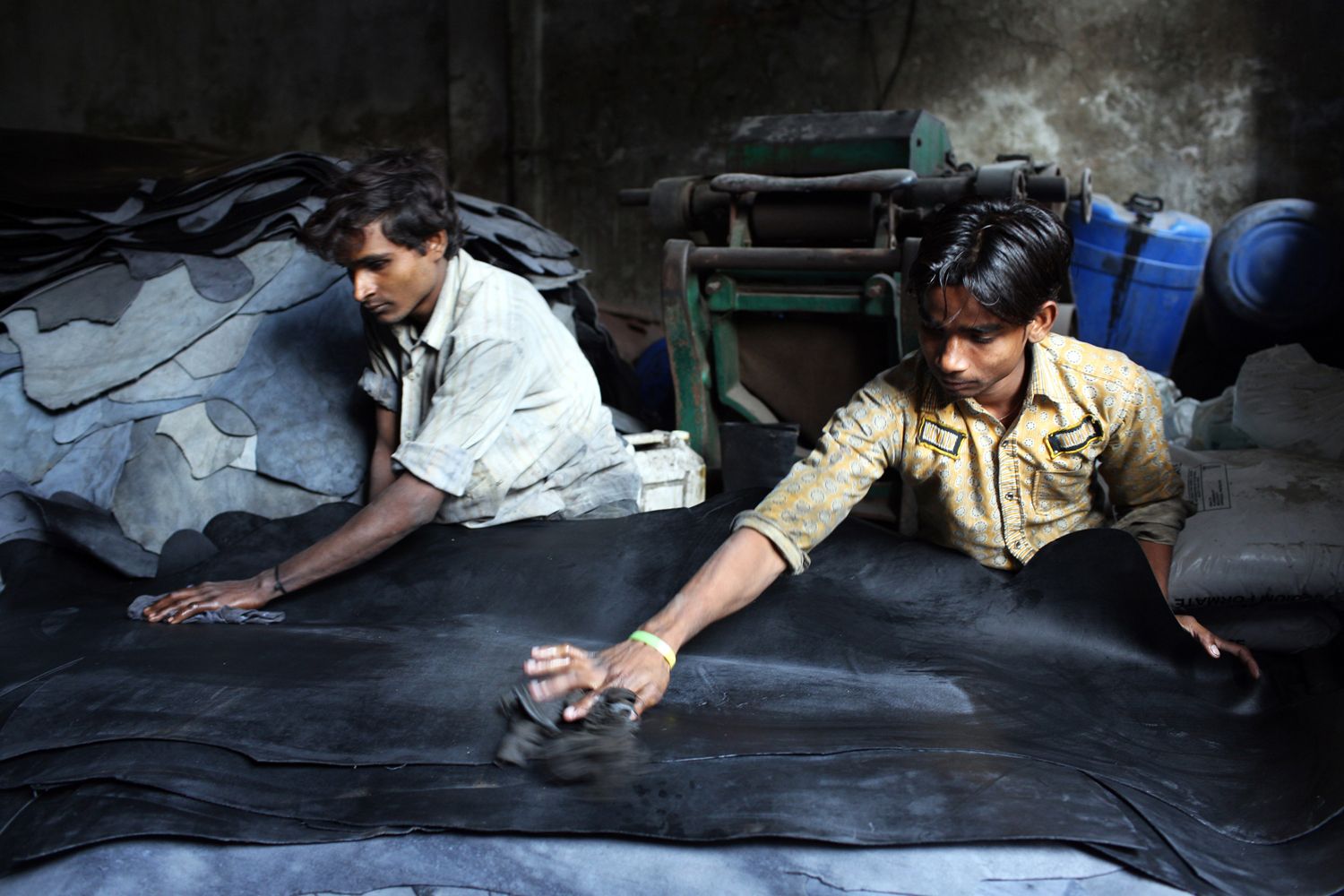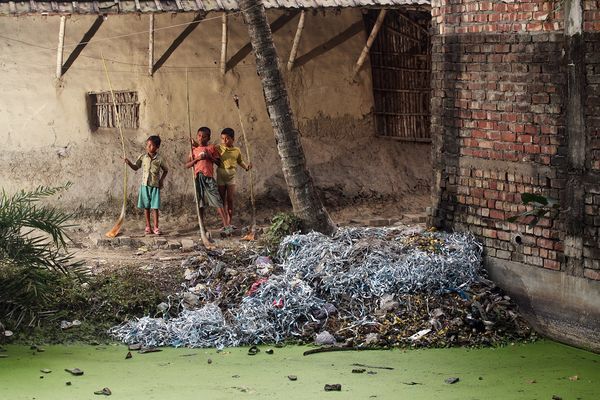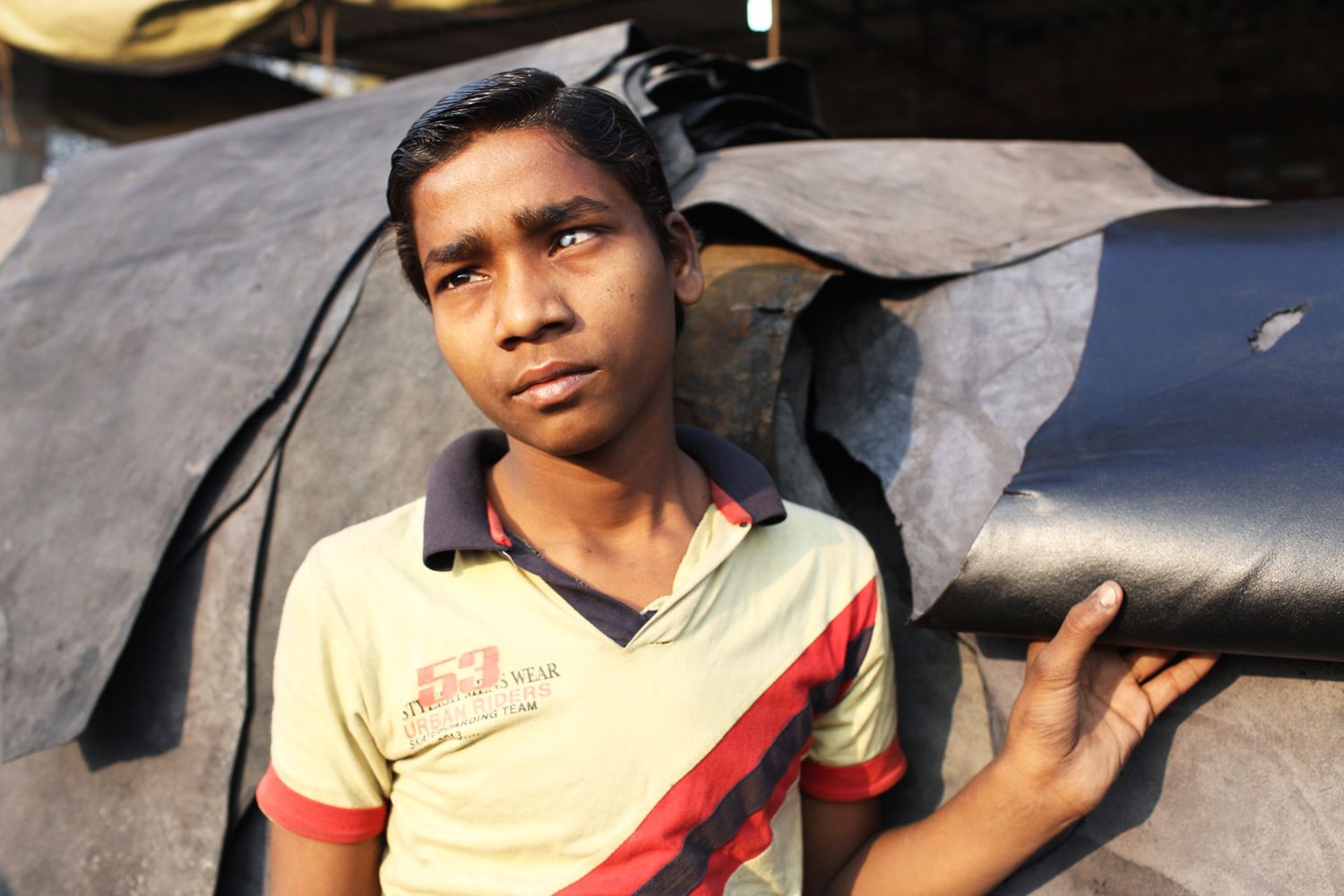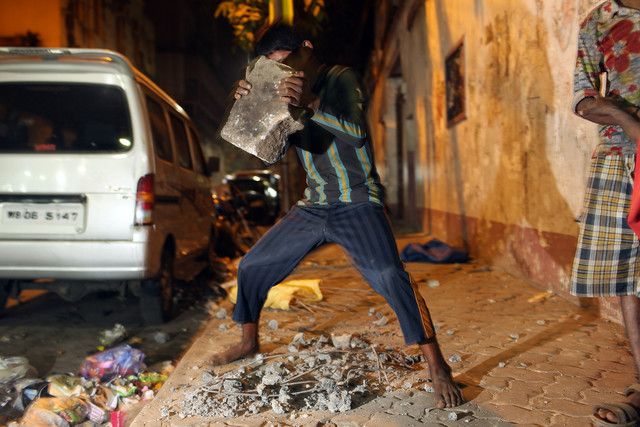Introduction:
1. Have you ever recycled or thrown out an electronic device such as a computer, cell phone, TV, or anything that has a power cord or batteries?
2. Where do you think those items go and how do you think they are disposed of?
- Who does the recycling or breakdown of these items?
- What is the process?
- Are there any regulations or rules that need to be followed?
3. How about leather? Does anyone own anything made of leather? Do not forget small items such as a watch band or items in your house such as furniture.
- Where do you think the leather is made?
- Who makes the leather and how do you think they make it?
- Are there any regulations or rules that need to be followed?
4. Electronic waste, or e-waste as it is often called, and leather manufacturing might not seem like they are related, but they are significant sources of pollution in India.
Reading:
1. Split the class into two groups.
2, Each group will view and read different stories from the Resource section. One group is the tanneries/leather group and one is the e-waste group.
3. Based on your group designation, view and read Sean Gallagher's corresponding reporting available in the Resource section.
- Tanneries/Leather
- India: The Toxic Price of Leather (article and photos)
- India: The Toxic Price of Leather (viedo)
- E-waste
- India: The Rising Tide of E-Waste
- Toxic Business: India's Informal E-Waste Recyclers at Risk
- India's Poor Risk Health to Mine Electronic "E-Waste"
4. As you read, think about the questions from the introduction about who is doing the work, how it is happening, and any regulations or rules.
5. In addition to Sean Gallagher's reporting, each group will identify and read or view at least three stories or reports to learn more about its issue.
- Try to find a mix of sources. This could include other reporting, academic articles, or reports by government agencies or non-profit groups.
- If you are having trouble finding material, consult a research librarian at your school or local public library.
Activity:
1. As a group, answer the following questions:
- How does the leather industry and e-waste cause pollution in India?
- What are the consequences of this pollution?
- Who is impacted by these industries and their pollution?
- What are the health consequences?
- Are there any regulations or rules to prevent pollution? Are they being followed?
- What role do American consumers play in this story?
- How can the Indian government and people address the problem of tannery and e-waste pollution?
- What can Americans do to reduce the risk of tannery and ewaste pollution in India?
2. Design a presentation for high school students that incorporates your answers to these questions.
- The presentations should be no more than 20 minutes long.
- Incorporate Sean Gallagher's photos and videos into the visuals for your report. Make sure to include proper citation for any images, video, or quotes that you use in your presentation.
- Make sure that you make your presentation engaging. Think about the things that you like from your instructors' presentations in class and how you can use those techniques in your presentation. Some basic tips include:
- Keep it simple
- Do not read from your slides; maintain eye contact with the audience
- Minimize the amount of text on slides
- In class show your presentation to your classmates from the other group and your instructor.
- After the presentation is finished, open the floor to questions.
Extension Activity:
1. Both groups work together to combine their two presentations into one 20-minute presentation that addresses both tannery and e-waste pollution.
2. Find another class or local high school willing to allow you all to present during a class period or assembly.
3. Present the combined presentation to students and answer their questions about the topic.
If the class is too large to split into just two groups, divide the class into more groups as long as it is a multiple of two so there is an even number of tannery and e-waste groups.
The lesson activity is designed to promote research and presentation skills. Each student in the group should participate in every step, including conducting research and communicating during the group presentation.
You may want to require each group to submit an annotated bibliography of their extra reading and presentation sources.
When grading the presentations, grade for both the content and style of the presentation.
